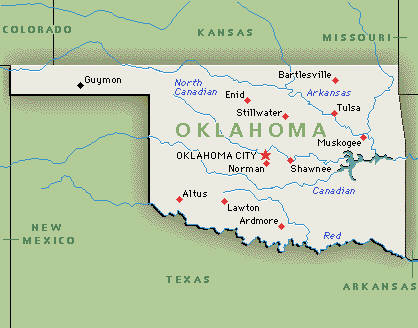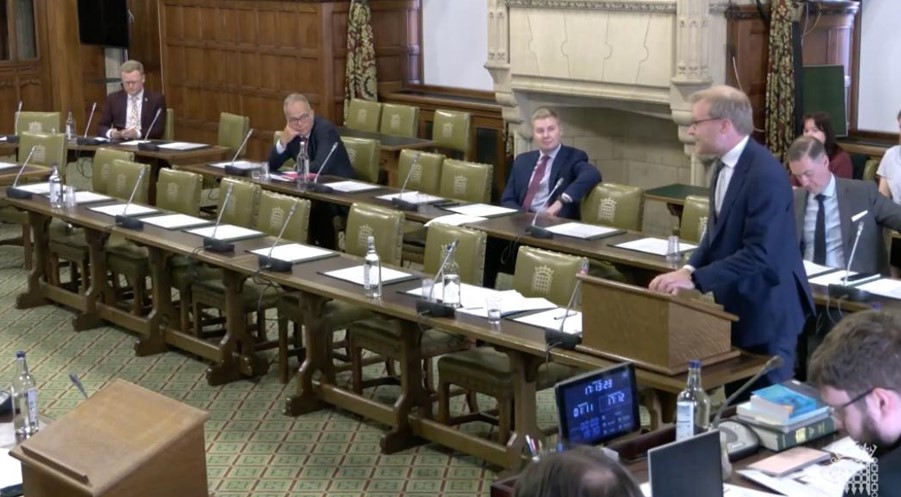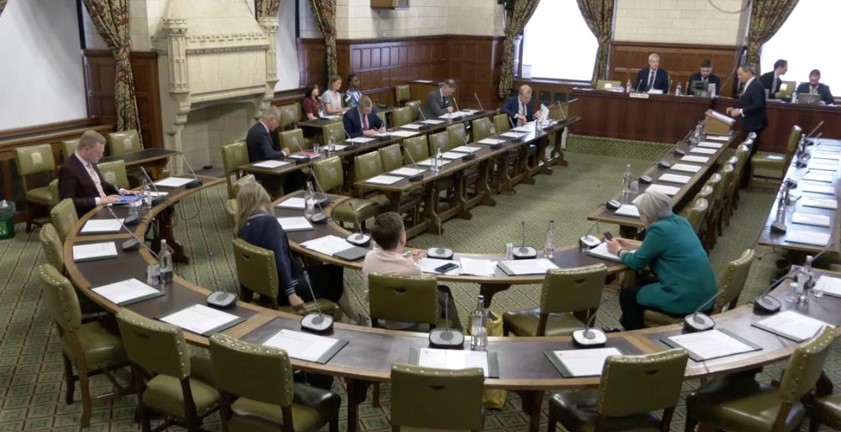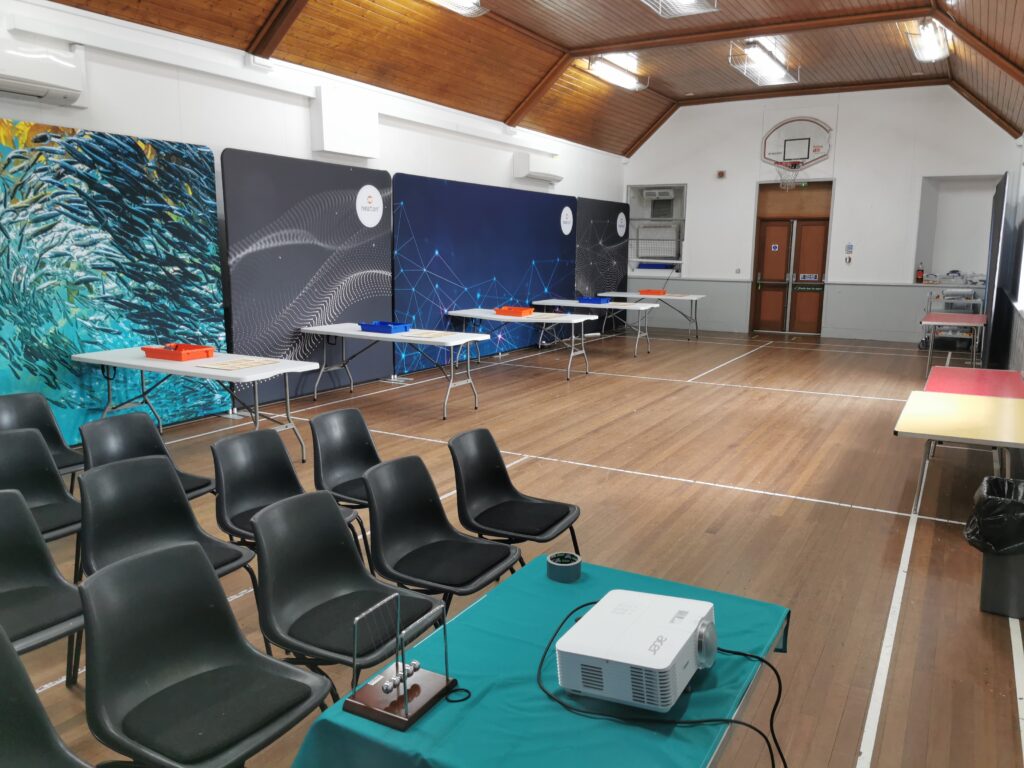Thanks to Joe Romm, I just became aware of the latest effort to undermine evolution education in the U.S.—and to denigrate climate science education as well. It’s a new bill in Oklahoma, but it fits a pattern that anti-science forces have already employed successfully in Louisiana and Texas. As the National Center for Science Education explains of the new Oklahoma bill:
Entitled the “Scientific Education and Academic Freedom Act,” SB 320 would, if enacted, require state and local educational authorities to “assist teachers to find more effective ways to present the science curriculum where it addresses scientific controversies” and permit teachers to “help students understand, analyze, critique, and review in an objective manner the scientific strengths and scientific weaknesses of existing scientific theories pertinent to the course being taught.” The only topics specifically mentioned as controversial are “biological evolution, the chemical origins of life, global warming, and human cloning.”
What are the existing scientific theories pertinent to human cloning that need to be understood, analyzed, critiqued, and reviewed? Are the people who write these things even remotely clued in to the issues involved?
But I digress.
The big point here is that increasingly, evolution and climate change are being tied together in attacks on science education. The strategy tends to be the same: Students are encouraged to “critique” or examine “strengths and weaknesses” or hear “both sides”—but only a few hot button subjects are singled out.
In Louisiana, a 2008 bill demanded that students learn about “the scientific strengths and weaknesses of existing scientific theories pertinent to the course being taught”;”biological evolution, the chemical origins of life, global warming and human cloning” were once again singled out. In other words, it was precisely the same thing that’s now being attempted in Oklahoma—and in Louisiana, it succeeded.
In Texas, meanwhile, recent revisions to state textbook standards now require books to “analyze and evaluate different views on the existence of global warming.”
Why this strategy from science foes? It’s simple: Courts have said you can’t teach creationism because it’s thinly veiled religion, and if you only single out evolution for “scientific” criticism then your motives are similarly suspect from a legal perspective.
But if you rope in some issues where there’s nothing obviously religious at stake—like climate science—you may be in better shape in court. After all, the First Amendment doesn’t prevent the teaching of bad science, or the attacking of good science—it merely prevents the establishment of religion by government. From a legal standpoint, these latest efforts may well manage to skirt that problem.
From a strategic perspective, science defenders should take away a different conclusion. It is this: Standing up for good science education increasingly means protecting both evolution and climate science at the same time. We need to adjust our priorities accordingly.
Subscribe to our newsletter
Stay up to date with DeSmog news and alerts







